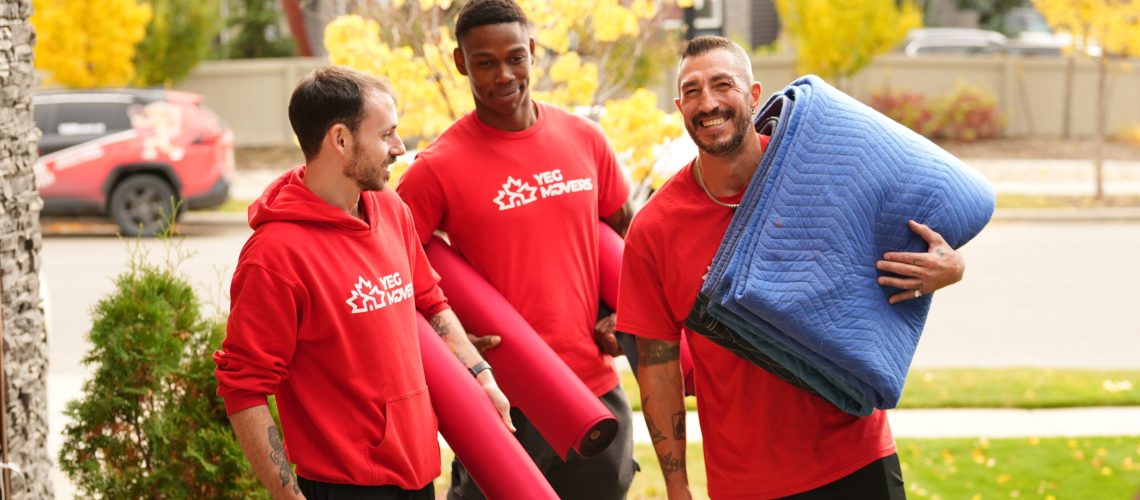Moving a Peloton Bike requires careful planning and proper disassembly to prevent damage to this expensive piece of exercise equipment. Working with reliable movers who understand how to handle specialty fitness equipment can make the process much smoother, but knowing how to disassemble the bike yourself is valuable knowledge. This guide breaks down the step-by-step process of taking apart your Peloton Bike, from gathering the right tools to properly packing all components for safe transport.
Gather Necessary Tools
Before starting the disassembly process, collect all the tools you’ll need to take apart your Peloton Bike efficiently. You’ll need a set of Allen keys in various sizes to handle different bolts throughout the bike. A pedal wrench is essential for removing pedals safely. Have slip-joint pliers ready to hold nuts or bolts securely while you work.
Long-nose pliers will help you reach tight spots and assist with detaching wires if needed. A rubber mallet can be useful for gently tapping stubborn parts without causing damage. Prepare a small container to store and organize screws during disassembly to prevent losing them.
Keep a clean cloth nearby to wipe down parts as you remove them. Having these tools ready before you begin ensures the disassembly process runs smoothly without interruptions.
Disconnect and Remove Components
Begin the disassembly by focusing on the pedals. Use a pedal wrench to turn them counterclockwise for removal. Make sure the bike is stable during this process, and place the pedals in a safe location once removed.
Next, loosen the seat post clamp with an Allen wrench and carefully slide the seat post out from the bike frame. Store all screws and bolts in your designated container.
Proceed to the handlebars by loosening the bolts on the stem. Carefully detach them and set aside, making sure not to stretch or damage any cables in the process.
Finally, if applicable, remove the water bottle holder by unscrewing it from the frame. Keep all components in a secure place until you’re ready to pack them for transport.
Fold and Secure Frame
The frame requires careful folding and securing for safe transportation. Locate the release lever near the base of the frame and gently pull it outward to open the frame hinge. Slowly lower the handlebars toward the seat, allowing the frame to fold in half. Ensure the frame is completely folded and the hinge is securely engaged to prevent movement during transport.
Secure the folded frame using any provided fastening mechanisms or straps. Some Peloton models include built-in clasps or straps for this purpose. If yours doesn’t have these features, use adjustable straps or bungee cords to hold the folded frame tightly in place. Before moving the bike, double-check that all connections are secure and there’s no wobbling.
Package and Protect Parts
After folding and securing the frame, carefully package and protect all components for safe storage or transportation:
- Bubble Wrap: Cover delicate parts like the touchscreen display and handlebars with bubble wrap to prevent scratches and damage.
- Cardboard Boxes: Store smaller parts such as screws, bolts, and pedals in labeled boxes to keep them organized and prevent loss.
- Foam Padding: Use foam padding or blankets to cushion larger components like the seat and frame, protecting them from impacts that could cause dents or scratches.
- Ziplock Bags: Place small items like nuts, bolts, and washers in labeled ziplock bags for easy identification during reassembly.
Label and Organize Hardware
Taking time to label and organize hardware ensures easier reassembly later. As you remove screws, bolts, nuts, and other small components, store them in small resealable bags or containers. Label each container with a description of what it contains and which part of the bike it belongs to, such as “Handlebar Bolts” or “Seat Adjustment Hardware.”
Consider creating a detailed inventory list of all removed hardware as a reference for reassembly. This helps ensure no parts are misplaced or forgotten. Taking photos of the disassembled bike with focus on the hardware layout provides additional visual reference that will be invaluable when putting everything back together at your new location.
Other Related Articles:
– How to Pack Mirrors for Moving
– How to Pack Mugs for Moving


